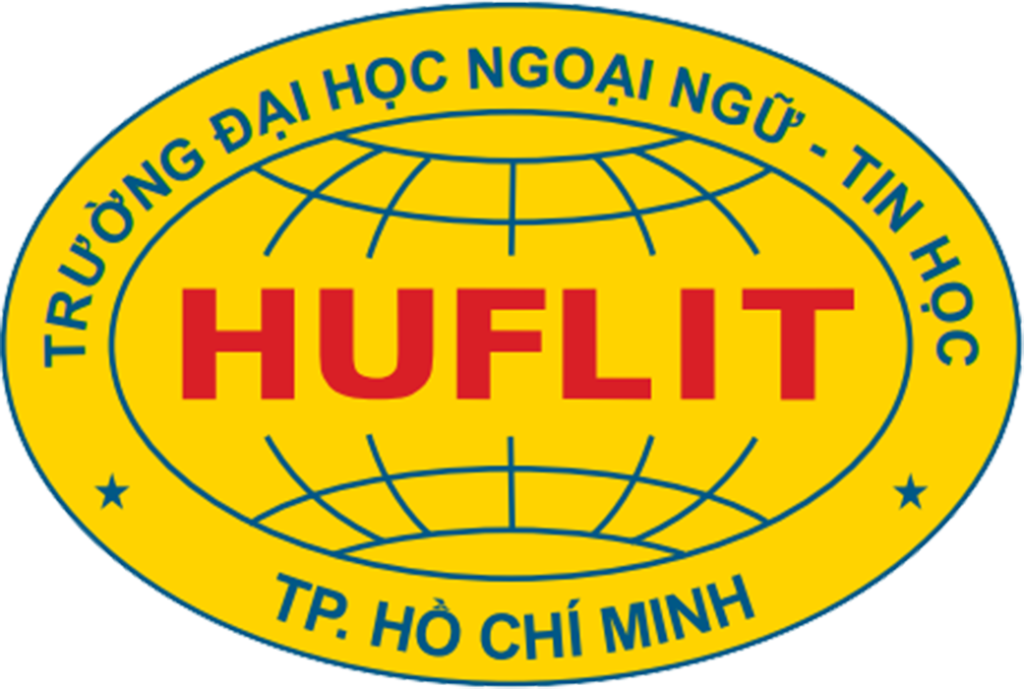
|
Short Curriculum Vitae Master Luong Van Minh Lecturer at University Faculty of Information Technology, HUFLIT University Ho Chi Minh City, Vietnam Mobile: +84 (0)97 2866642 E-mail: luongvanminh@huflit.edu.vn |
Education · 2001–2004: Nguyen Thi Minh Khai high school, Ho Chi Minh City, Vietnam · 2004–2009: Faculty of Information Technology, HCMC University of Technology (HCMUT), National University of Ho Chi Minh City, Vietnam. April 2009: Graduated from HCMUT as an engineer in information technology (Thesis: T-Engine Embeded System) · 2009–2013: Master student at Faculty of Information Technology, HCMC University of Technology (HCMUT), National University of Ho Chi Minh City, Vietnam. April 2013: Graduated from HCMUT as a master in computer science (Thesis: Influential Users in Social Network, advisor: Assoc. Prof. Quan Thanh Tho) · 2013–2017: Ho Chi Minh City University of Law (HCMCUL) , Vietnam. June 2017: Graduated from HCMULAW (The Degree of Bachelor – Full time) |
Bachelor of CS Programme (Sem1/2018-2019)
Room: B56, Mon (6:45-12:00)
Course structure:
|
Credit: |
3+1 |
|
|
Total Contact Hours: |
75 |
Lectures: 45 Practices: 30 Self-studying: 6 x 15 class hours |
|
Major |
Computer Science |
|
|
Assessment |
Practice |
30% |
|
Mid term |
20% | |
|
Final exam |
50% | |
Summary
This course covers the same materials as an introductory class for undergraduate computer science majors. Its curriculum, which includes software, hardware and algorithms, resembles that of a one- or two-semester first-year college course or the high school Advanced Placement (AP) Computer Science. It does not require a formal computer science background.
References
- Nell Dale and John Lewis, Computer science illuminated, Sixth Edition, Jones and Bartlett Publishers, Inc., 2016.
Schedule
| Weeks | Contents | Exercises | Notes |
|
1 8th Sep |
– Introduction (slides) – Majors and Curriculum (slides) |
||
|
2 15th Sep |
– Chapter 1 – The Big Picture (slides) | ||
|
3 22nd Sep |
– Chapter 2 – Number Systems (slides) | Quiz1 | |
|
4 29th Sep |
– Chapter 3 – Data Representation (slides) | Quiz2 | |
|
5 6th Oct |
– Chapter 4 – Gates and Ciruits (slides) – Chapter 5 – Computing Components (slides) |
||
|
6 13th Oct |
– Chapter 6 – Low-Level Programming Languages and Pseudocode (slides) | ||
|
7 20th Oct |
– Chapter 7 – Problem Solving and Algorithms (slides) – Chapter 8 – Object-Oriented Design and High-Level Programming Languages (slides) |
||
|
8 27th Oct |
– Chapter 9 – Operating Systems (slides) |
||
|
9 3rd Nov |
– Chapter 10 – File Systems and Directories (slides) | ||
|
10 10th Nov |
– Chapter 11 – Information Systems (slides) | ||
|
11 17th Nov |
– Chapter 12 – Artificial Intelligence (slides) | ||
|
12 24th Nov |
– Chapter 13 – Simulation, Graphics, Gaming, and Other Applications (slides) | ||
|
13 1st Dec |
– Chapter 14 – Networks (slides) | ||
|
14 8th Dec |
– Chapter 15 – The World Wide Web (slides) |
||
|
15 15th Dec |
– Chapter 16 – Limitations of Computing (slides) – Review |
Practice
| Weeks | Contents | Exercises | Assets |
|
1 |
|||
|
2 |
– Lesson 2 – Word | ||
|
3 |
– Lesson 3 – Excel (basic) |
||
|
4 |
|
||
|
5 |
Asset | ||
|
6 |
– Lesson 6 – Computer assembly |
Link | |
|
7 |
– Lesson 7 – Install Operating System |
||
|
8 |
– Lesson 8 – Encoding & File |
||
|
9 |
– Lesson 9 – Photoshop | ||
|
10 |
– Exam |
